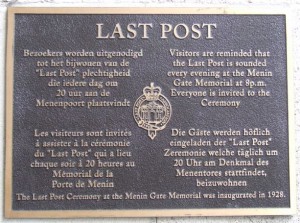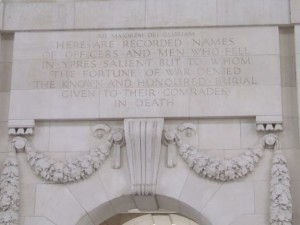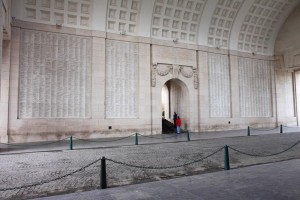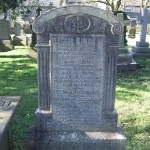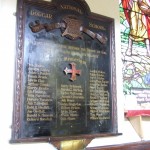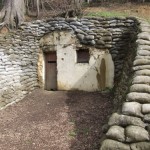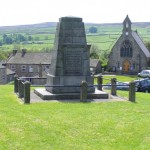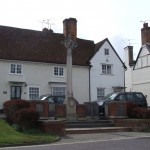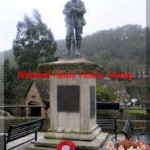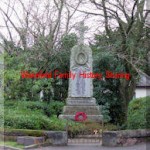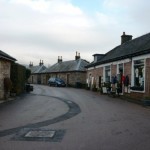Wilson Family Headstone, Sugar Lane Cemetery
Extracted from an article I wrote a few years ago
Continuing my walk around Sugar Lane. By now Christmas has been and gone, as has the New Year celebrations, but there may still be the odd pantomime coming to the end of its season……….oh no it isn’t. Sorry!
I have been waiting for the right time to tell you about this headstone. The memorial, firstly remembers Frederick Wilson of Ipswich, who died in 1882 aged 29. Next on the ornate headstone is Cinderella Wilson, his wife, who died at Gosforth, Newcastle-on-Tyne, in August of 1891, when she was aged 32. Next comes Tobias, son of Dozer and Ada Shaw, dying in 1894 aged 8 months. Followed by Mark, Frederick and Cinderella’s son who died in 1899 aged 19.
We know who is remembered on the headstone, but who were they.
Frederick in 1881 was 30 years old and said he was born in Yarmouth, Norfolk. His occupation, he gave as a licensed hawker. Cinderella was aged 25 and born in Cambridge. Mark was born in London.
Cinderella had married Frederick in the early summer of 1879 in the Grantham area. Going back to the 1881 census, Cinderella’s parents Tobias and Priscilla Shaw and five children are adjacent entries. Tobias is also a licensed hawker and home for both families is a caravan in Fairfield (Macclesfield Old Road), Derbyshire.
Ten years later Cinderella is back living with her parents, now aged 30. Her age from the last census seems to be five years out. Three generations are living in caravans and what looks like on the census as a ‘lean to’ in Newington, Kingston-upon-Hull . Three of the eldest children aged from 23-30 and both parents are licensed hawkers. The family’s surname has been transcribed as Show.
Mark Wilson, was born on the 21st of January 1880 and baptised at St Lukes, Cheetham Hill, Manchester on the 4th of February 1880. Home being on Bignor Street, Manchester. Frederick in the register is Frederic and Cinderella has been transcribed as Cinderell.
Dozer and Ada (nee Bird), mentioned earlier, married in the winter of 1890 in the Prestwich area. 1901 comes around and Tobias is now a widow, living with his son and grandson. Next door is Dozer and Ada with three children, Sarah, Nellie and Flora, and a five-month-old boy. Next door is the Bird family and home for them all is a set of caravans on Didsbury Road, Heaton Norris and all three families are still earning a living working as licensed hawkers.
There is a death for a Dozer Shaw in 1902 but with a variation in age……..it could be him but who knows?
Going back to our ‘lead’ Cinders, what happened for her venture north to Newcastle-on-Tyne after the death of her husband?
With a little further digging as to why the headstone to the Wilson and Shaw family sits within the boundary walls of Sugar Lane, it appears that Frederick died in the Wakefield area. While Mark’s death is registered in the Ashton area, and Tobias Shaw’s death was registered in Leeds.
I seem to have been sent off on a tangent and poor Cinderella has been left behind and not gone to the ball! But at least some of her family had a bigger part in the pantomime.

